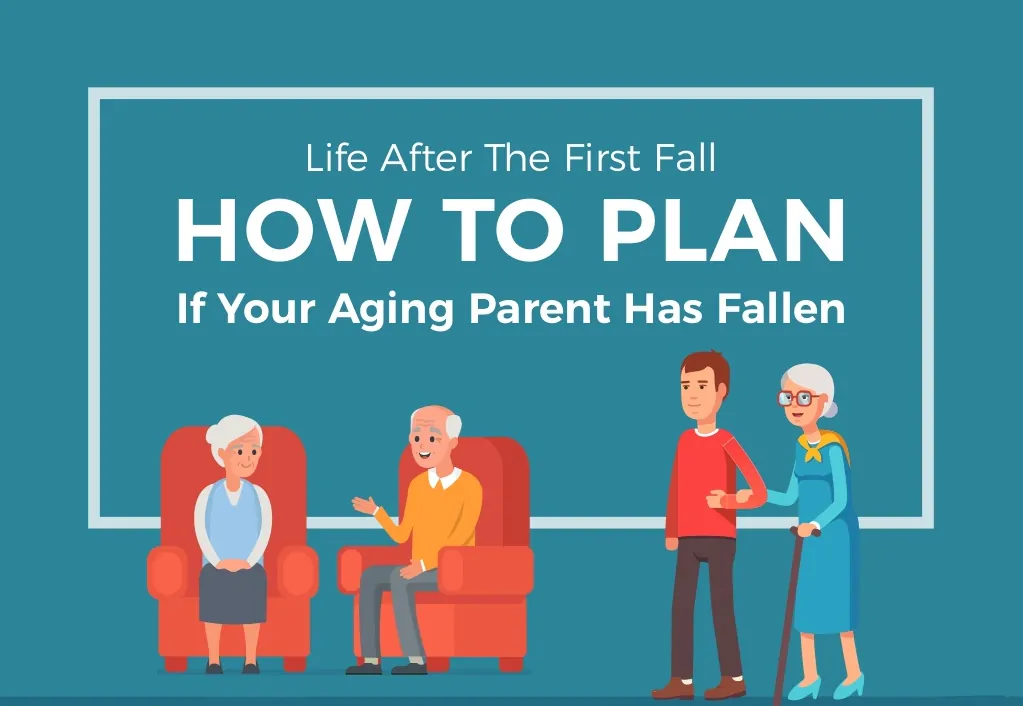Take the First Fall Seriously
Given the fact that one fall doubles the chance of another fall, the best time to take the issue head-on is immediately following that first incident. This may sound straightforward, but it’s a mentally and emotionally stressful time for the senior and family caregivers, and it can be easy to dismiss the severity of the incident or to think it was just a one-time occurrence.
Know the Common Causes of Falls
Understanding contributing factors to the incident can help to comprehend it and move forward with prevention. To consider:
• Weakness, particularly in the lower body • Medications that may cause dizziness
• Medications that may cause dizziness • Poor eyesight • Dehydration
• Poor eyesight • Dehydration • Low blood pressure
• Clutter, tripping hazards (like throw rugs), uneven surfaces and poor lighting
• Poor balance • Shuffling when walking
• Loss of flexibility • Alcohol consumption
• Hearing loss • Poorly fitting footwear
• Lack of calcium and vitamin D in diet
Encourage Exercises That Improve Balance and Strength
Muscle weakness is the No. 1 risk factor for falls, and balance and strengthening exercises are a simple and essential part of fall prevention. Check with a doctor or physical therapist before beginning any exercise program, but some great starting exercises to build strength, balance and flexibility include:
- Standing tall with heels, hips, shoulders and head against the wall for a minute or two helps with posture and balance.
- Standing tall (shoulders over hips over heels) with hands holding onto a countertop and lifting one knee at a time and then the other, as many times as possible, for two minutes. Once comfortable with this, lift and hold a knee for up to 30 seconds, repeating with the other leg.
- Walking in a straight line (use the lines of hardwood floors or tile to help) for a few steps forward, working up to greater distances and including walking backward.
- Pedaling for 10 minutes per day while sitting in a chair, using a pedal exerciser.
Acknowledge the Mental and Emotional Strain of Falling
Fear of falling again is a common and often debilitating aftereffect of a fall. Seniors begin avoiding walking (or holding onto walls for balance and looking at their feet) and any activity, both in the home and in social settings. This only exacerbates the risk factors for falls: Muscles get weaker, balance and flexibility rapidly decrease, and they can experience extreme loneliness and listlessness, emotional factors that make it significantly harder for them to be motivated to make improvements such as exercising. Validating their experience — and the resulting fear — are essential steps. Let them know you understand how scary it must be. Once they feel heard, find fun ways to encourage activity. Even if it’s 10 steps across the kitchen, every little bit helps, physically as well as mentally.
This Content is Brought to You Courtesy of :




